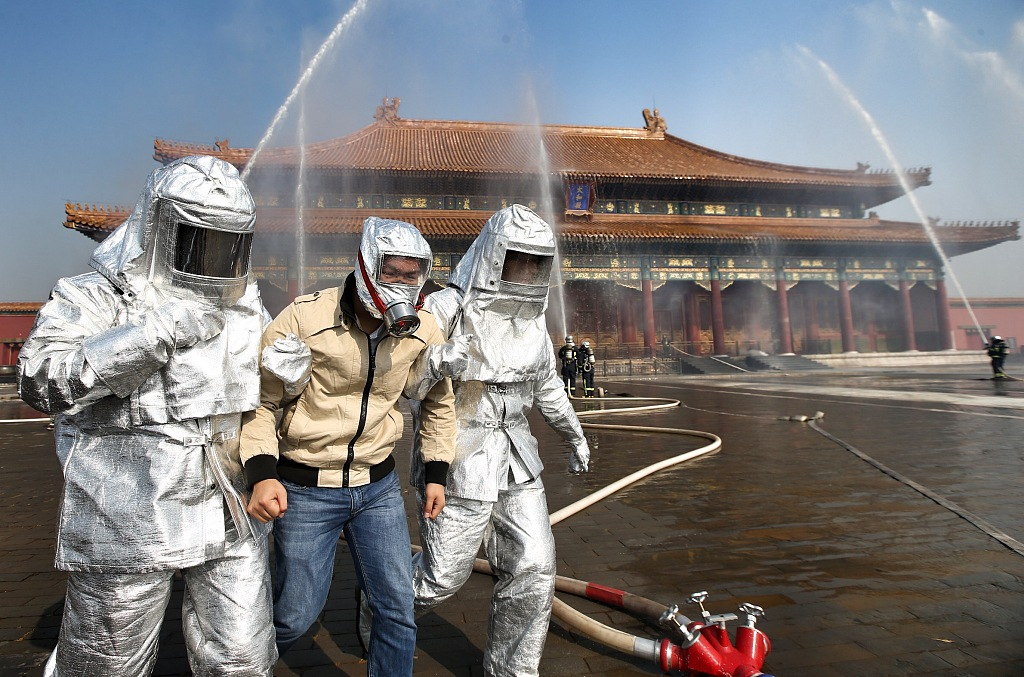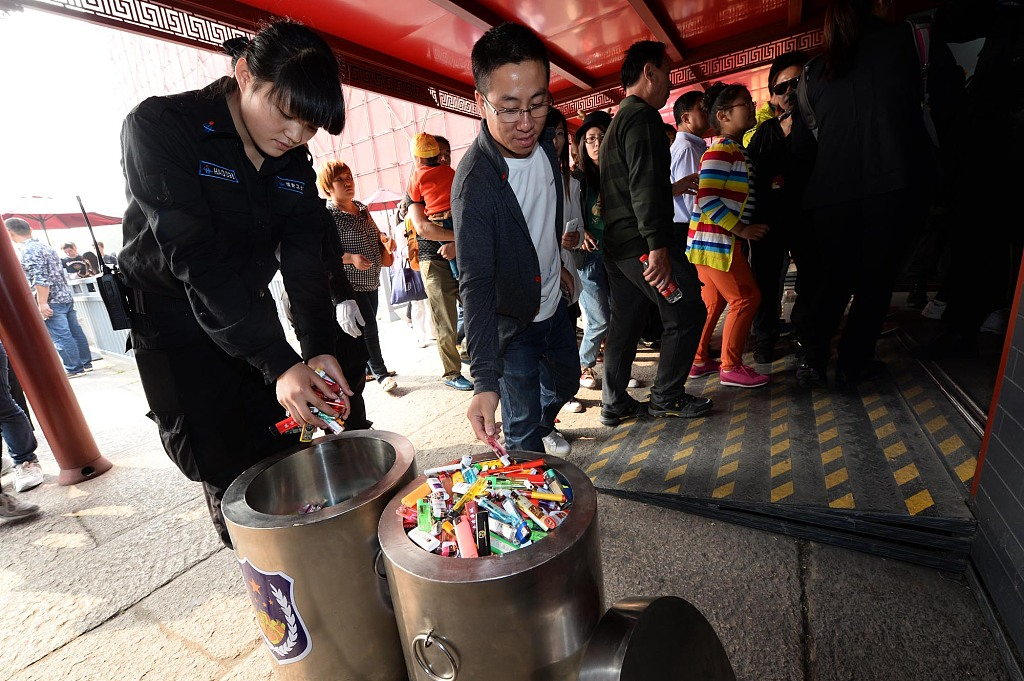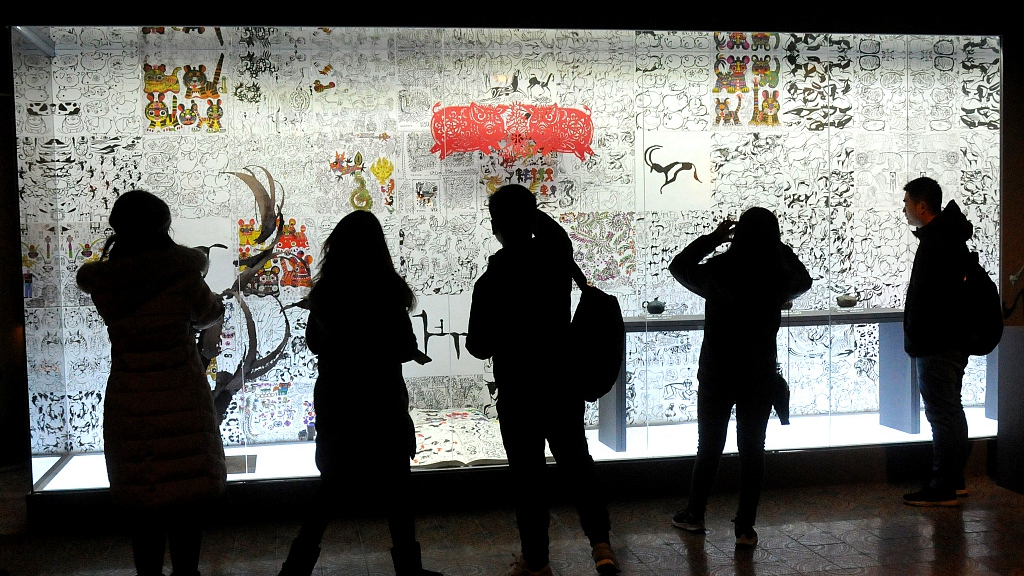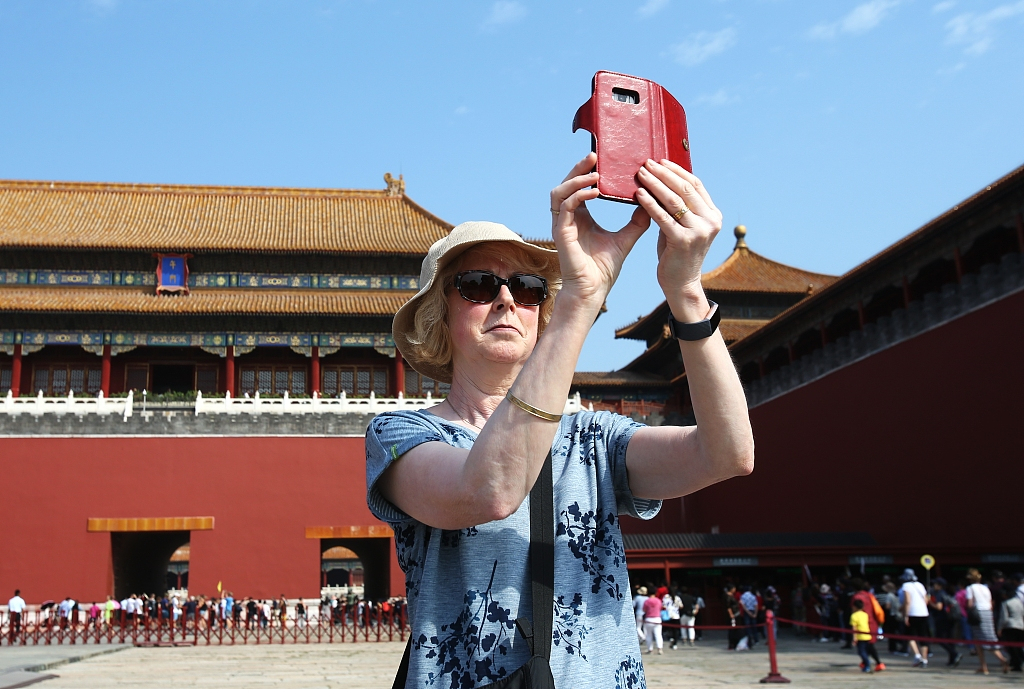04:16

China's Palace Museum, better known as the Forbidden City, is one of the world's most-visited museums. Over the years, it has witnessed growing popularity with its exhibitions, diners and cultural items triggering online fascination, especially among younger generations.
CGTN recently interviewed Shan Jixiang, president of the Palace Museum Academy, during the WTA·Xianghu Dialogue held in Xiaoshan District, Hangzhou, east China's Zhejiang Province.
Shan, who calls himself the "gatekeeper" of the museum, served as its director for seven years before retiring on April 8.

Shan Jixiang, president of the Palace Museum Academy, receives an interview with CGTN. /CGTN Photo
Shan Jixiang, president of the Palace Museum Academy, receives an interview with CGTN. /CGTN Photo
18 years of renovation
The Forbidden City is an immense ancient palace complex made of wood. In order to showcase its original magnificence and open its door to more visitors, a comprehensive renovation project was launched in 2002 when Zheng Xinmiao was appointed as director.
It's been 17 years since the implementation of the project that aims to completely restore the ancient buildings by 2020.
"It's an incredible project. Next year, when we finish the renovation work of the last several buildings, the mission will be accomplished," said Shan.

The renovation project at the Forbidden City is expected to be completed next year. /VCG Photo
The renovation project at the Forbidden City is expected to be completed next year. /VCG Photo
Safety should be taken seriously
This April, another world heritage site, Notre Dame Cathedral in Paris, was partially destroyed by fire, which caused a stir among the public. As a 600-year-old architectural complex with 1,200 wooden buildings, the Forbidden City shoulders a heavy burden of safety issues.
"We've launched the project of Safe Palace Museum to enhance our efforts to make sure the safety of the cultural relics as well as the visitors," Shan said.
With regard to fire prevention, a strong system of security has been established. Normally a museum would need one central control room, but there are five central control rooms with 65 large screens that connect to more than 3,000 high-definition cameras for monitoring, according to Shan.
"The reason why we need five central control rooms is because of its complicated landform," he said.
Advanced fire-fighting equipment has been installed and regular training and drills on fire safety organized for staff.

A fire-fighting drill taking place at the Forbidden City. /VCG Photo
A fire-fighting drill taking place at the Forbidden City. /VCG Photo
But that's never enough. "What's more important is prevention," Shen pointed out. In 2014, 2015 and 2016, the Forbidden City conducted a comprehensive environmental rectification program, clearing garbage, weeds and inflammable products.
"We even got rid of all the weeds on the buildings' roofs," Shen said.
Nowadays, when you walk around the Forbidden City, you'll see no weeds on the ground or the roofs.

Lighters are not allowed inside the Forbidden City. /VCG Photo
Lighters are not allowed inside the Forbidden City. /VCG Photo
From a royal residence to a leading museum
For a long time, the Forbidden City was treated as mainly an ancient royal residence for sightseeing without any emphasis on its cultural values, Shen said. In 1925, it officially became a museum.
Then the question came to him: "How can visitors feel it's a museum?"
With that question in mind, Shan has never stopped his observation, exploration and pursuit. Fascinating exhibitions and various cultural activities have been held constantly, attracting a growing number of youngsters.
"They are different from the first-time visitors. They come for a particular exhibition," Shan said.

Visitors view Han Meilin's Chinese Zodiac Art Exhibition in the Palace Museum, January 6, 2019. /VCG Photo
Visitors view Han Meilin's Chinese Zodiac Art Exhibition in the Palace Museum, January 6, 2019. /VCG Photo
Also, digital technologies have been widely utilized to cater to visitors' needs more efficiently. For instance, buying tickets used to be a headache for many tourists as they had to queue for hours.
Nowadays thanks to online booking, there is no need to waste time lining up for tickets any more. Visitors are able to buy ten days in advance. The Palace Museum became China's first large cultural institution that has no ticket windows, Shan said.

A foreign visitor at the Palace Museum, September 20, 2019. /VCG Photo
A foreign visitor at the Palace Museum, September 20, 2019. /VCG Photo
Some say it is Shan Jixiang that has taken the popularity of the Palace Museum to a higher level and ensured the ancient treasure trove receives a wider audience.
Through the interview, it isn't hard to see that Shan always puts his heart into building a better museum. As he put it, "It's never enough. Such observations and progress should be made endlessly.”
Reporter: Cui Xingyu
Videographer: Zhang Jiahua, Zhou Jinxi
Video editor: Zhou Jinxi
Cover image: Qu Bo